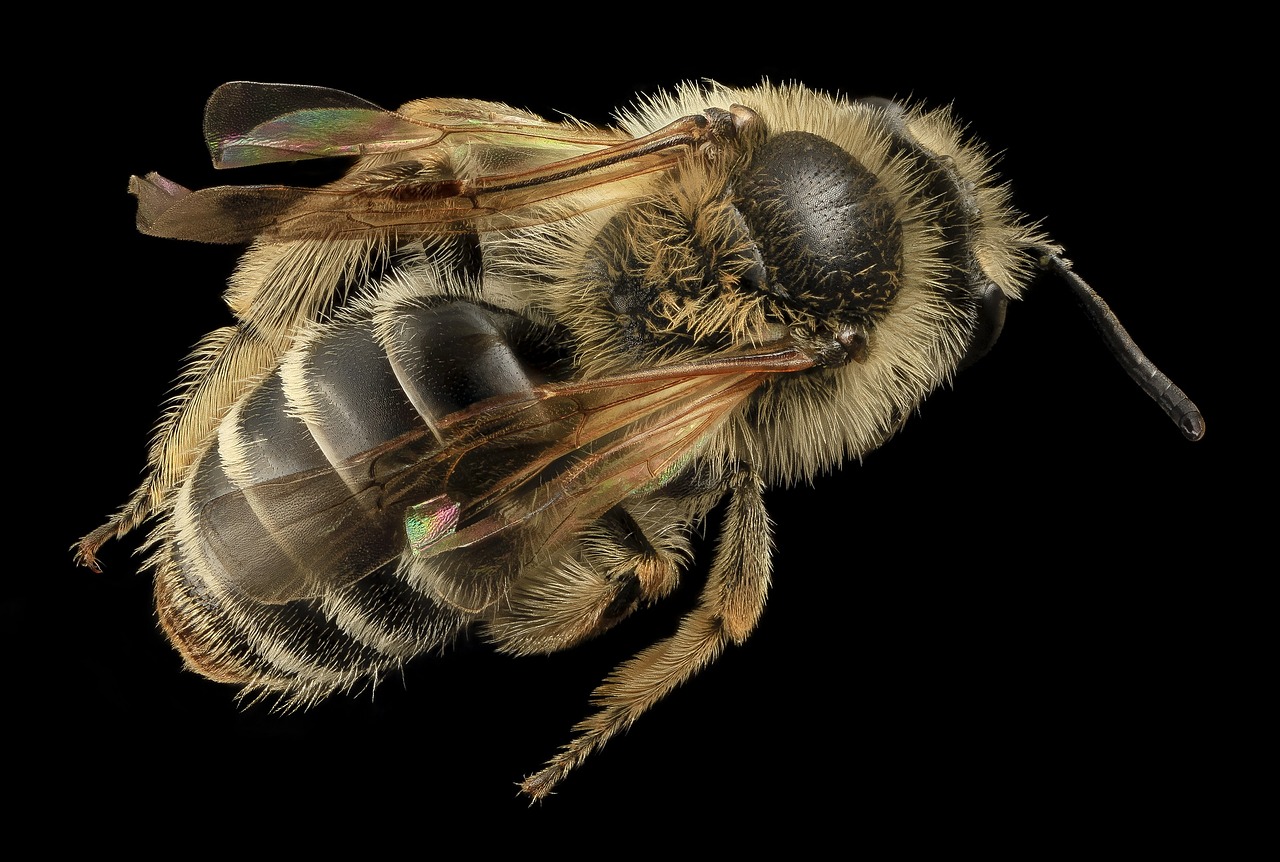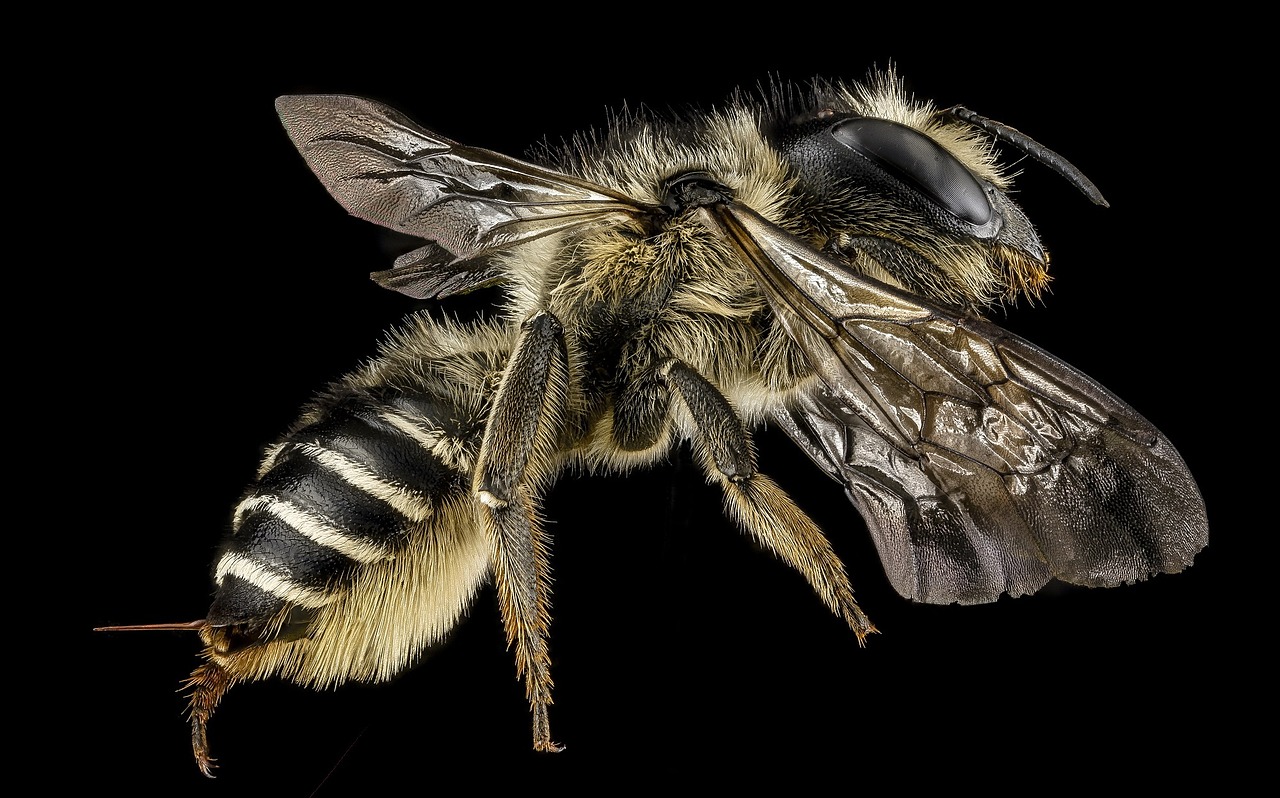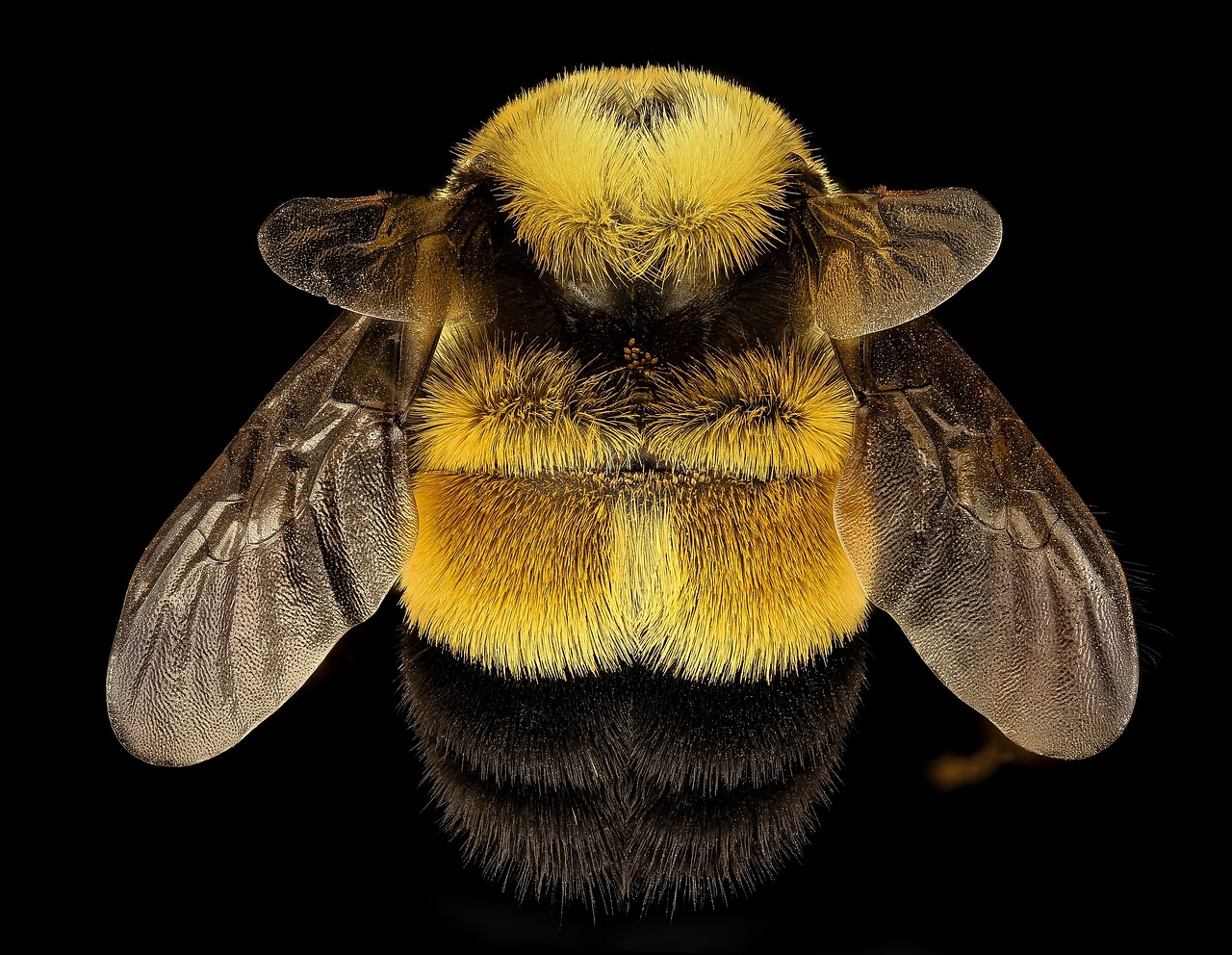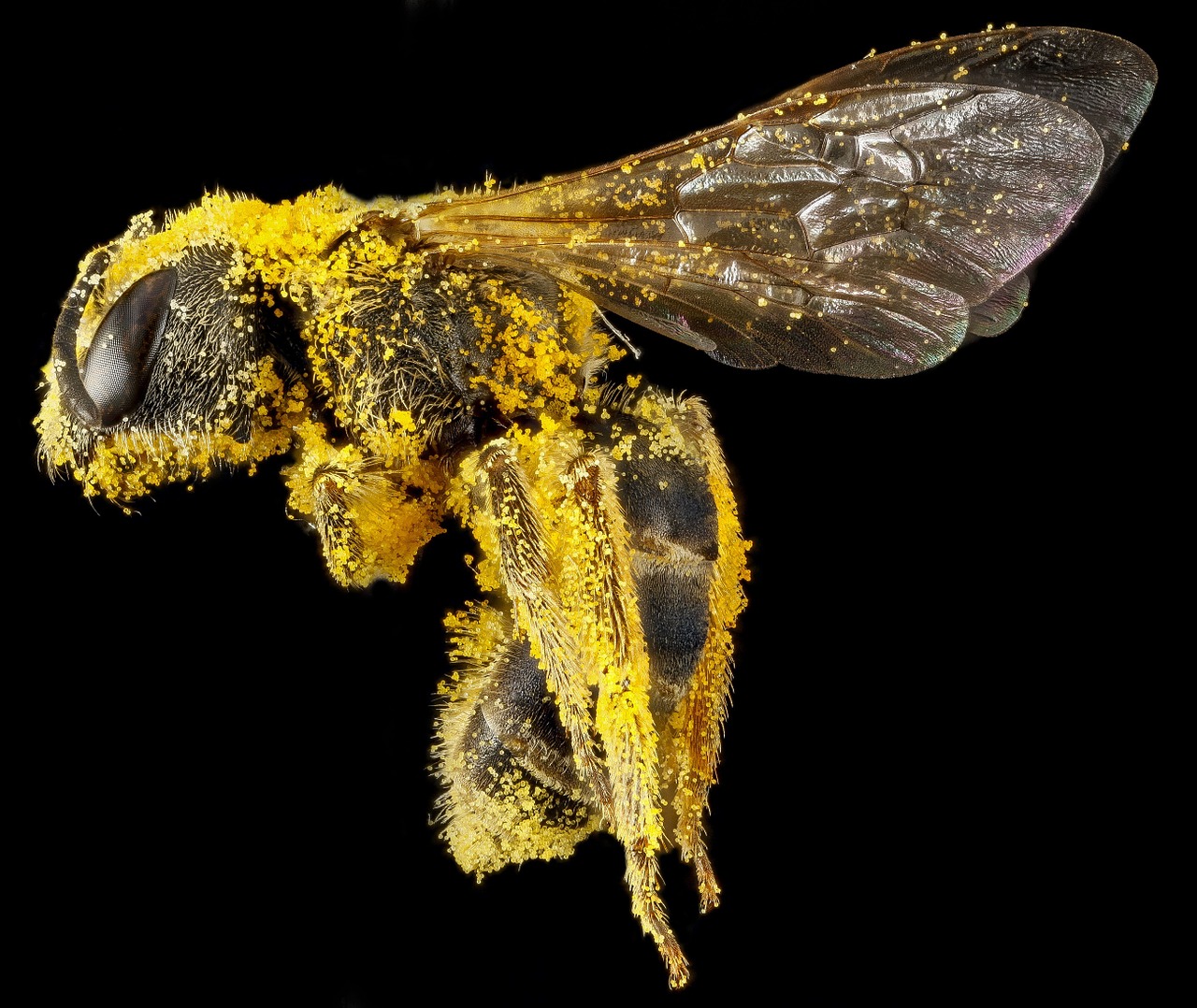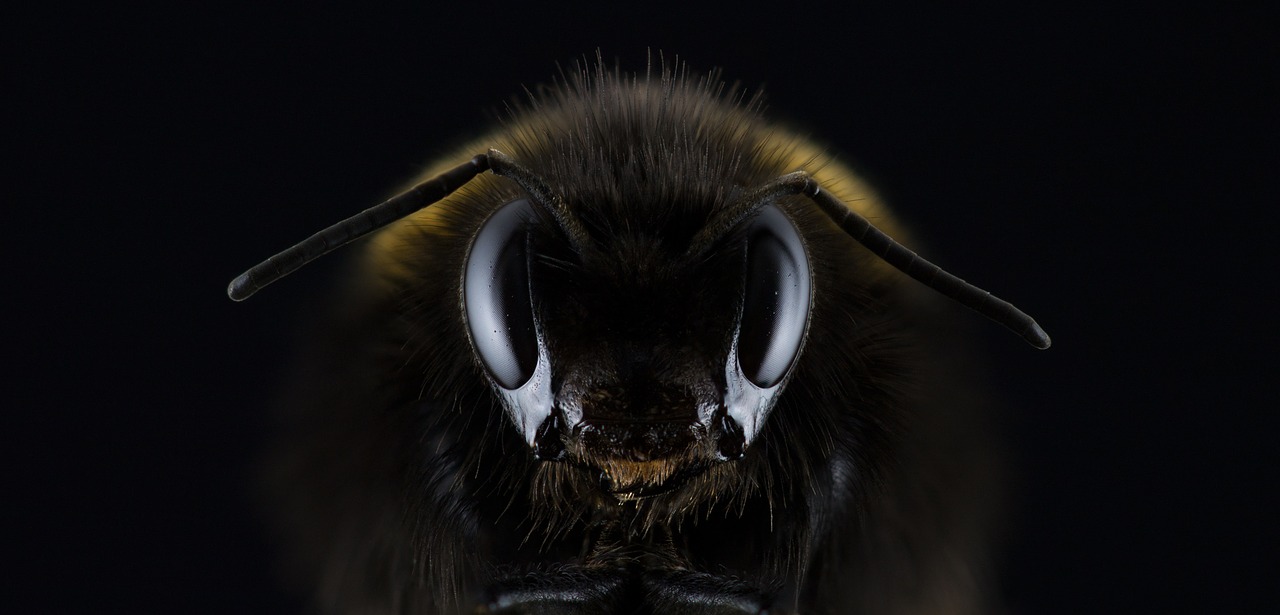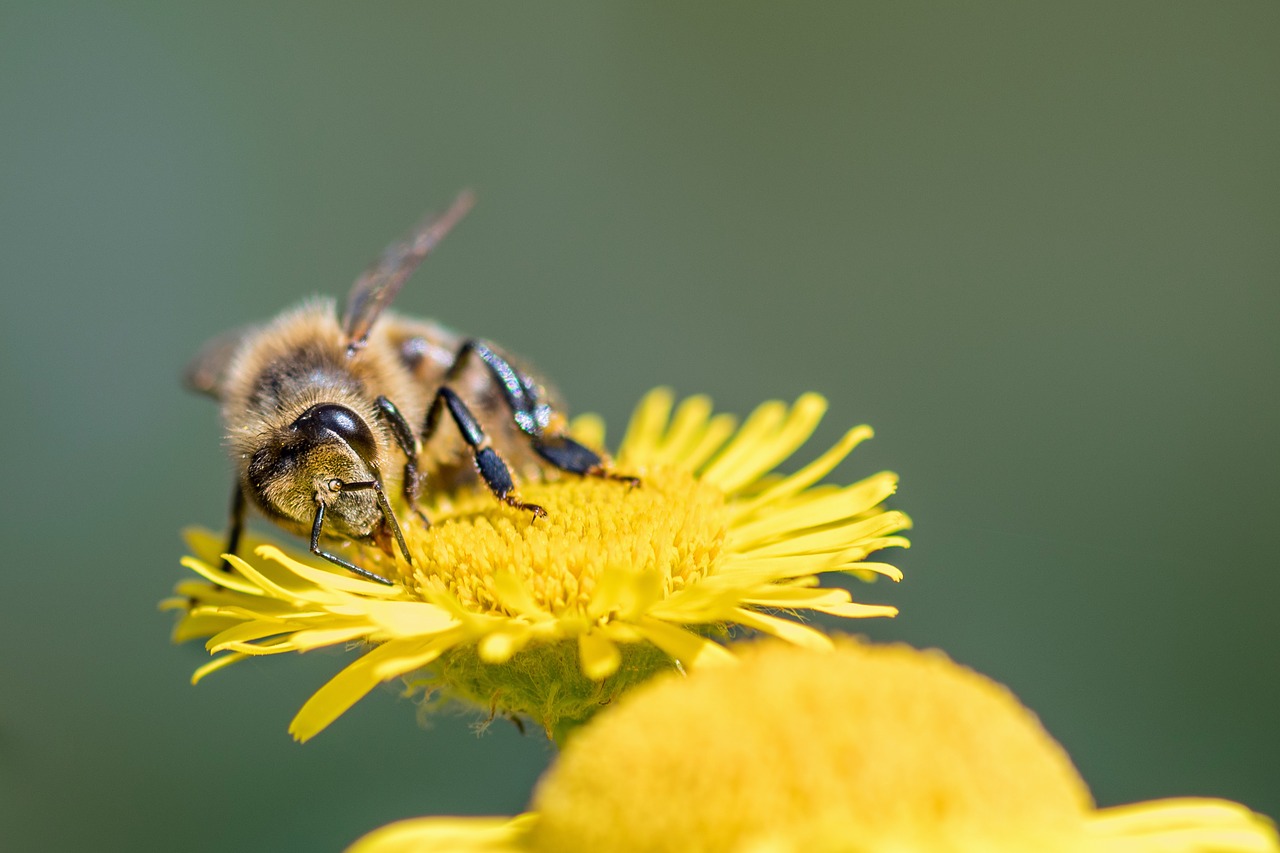
Bees
beneficial
What would we do without bees? A key plant pollinator, bees are critical to producing the world’s food supply. Prairie farm crops like canola, alfalfa, sunflowers and buckwheat would not exist without bees. Home gardeners who grow flowers, fruits and vegetables also need bees to pollinate their crops. While bees are busy collecting nectar from flowers, they pick up pollen which is transferred to the next flower they visit. The result is pollination and later on, a rich harvest of seeds, fruits and vegetables. Honeybees also reward us with delicious honey flavored with the nectar of their favorite plants.
There are at least 800 native species of bees in Canada. Honeybees (an introduced species) normally nest large numbers in hives, while wild bees are solitary, preferring to rear their young in tiny ground nests, beetle chambers, hollow twigs or holes in logs, depending on the species.

How to keep bees safe and happy
Bee populations are impacted by the use of insecticides (neonicotinoids in particular), the loss of habitat and food sources, climate change, as well as certain parasitic mites and other diseases. Biodiversity in our gardens is a delicate balance. Here are some things home gardeners can do to help bees:
- Never use insecticides or herbicides. Home-made concoctions made of borax, tobacco or other household chemicals are just as toxic to bees as chemical insecticides.
- Plant a variety of flowers, fruits and vegetables. Include some native species too. Select a variety of plants so that there are blooms at different times in the growing season. Avoid double flowering varieties as the extra flower petals come at the expense of the nectary so these types of flowers have little value to pollinators.
- Offer bees a source of water, especially during our hot Saskatchewan summer months. If you don’t have a bird bath or water feature in your yard, a shallow dish filled with pebbles and topped with fresh water will do the trick.
- While mulch and other groundcovers offer important beneficial insect habitat and weed control, leave some areas with loose soil bare in a protected, sunny spots for our native ground-dwelling bees. You will get weeds but handpick them. A bit of leaf litter is valuable in these areas but don't leave so much that it prohibits digging!
- Carpenter bees like to have a source of softwood available to strip or tunnel into for nesting. They will happily help themselves to your untreated decking materials, with no serious harm to the deck. Consider leaving a few small chunks of untreated softwood, such as inexpensive pine lumber, laying in an inconspicuous area.
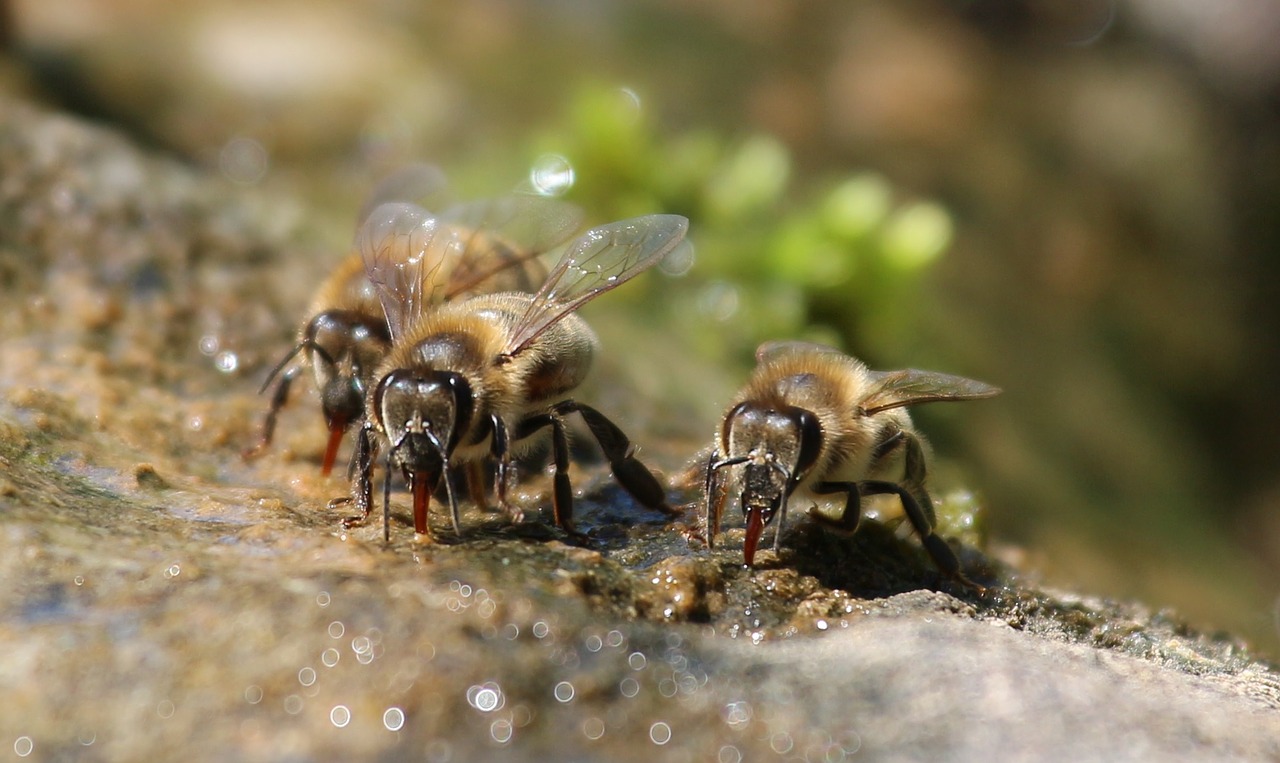
A sampling of plants that bees love
Variety is key to attracting bees to your garden, so go ahead and plant your favourites. Include some native species too. If you like growing vegetables, then you need bees to ensure a bountiful harvest.
Some plants are magnets for bees such as summer flowering annuals like borage, bee balm, heliotrope, sweet clover and lavender. Perennials such our native prairie crocus, chives, joe pye weed, rudbeckia, hyssop and salvia also fit the bill. Be sure to include one or two spring flowering fruits in your garden: raspberry, cherry, apple, chokecherry, plum and saskatoons are delicious as far as bees are concerned.
Bees need to feed in early spring too. It may surprise you that early-blooming willow is a major food source for bees. Haskap and forsythia are shrubs that also bloom early. Finally, there are those pesky dandelions that grace our lawns just as the grass is greening up. We’re not suggesting that you grow a crop of them, but at least they are good for something. Bees just love them and this is another reason to keep herbicides off your lawn.
Late summer blooming sunflowers, chrysanthemums and asters complete the season to keep bees fed until fall. Almost any flowering plant you grow in your garden will benefit bees. The lone exception to this are the double flowering varieties of your favourite plants. Double flowering varieties have twice the number of petals as the typical flower. For example, lilies typically have six petals but the double-flowered lily has 12. Double flowering plants tend to have inconspicuous or inaccessible reproductive parts so they are not useful to bees and other pollinators.
Leafcutter bees need leaves that are pesticide-free to build nests. If you see leaves with perfect circles on them and no obvious chewing marks, blame the bees not your (hopefully beneficial) caterpillars!

About that bee hotel you were planning to get....
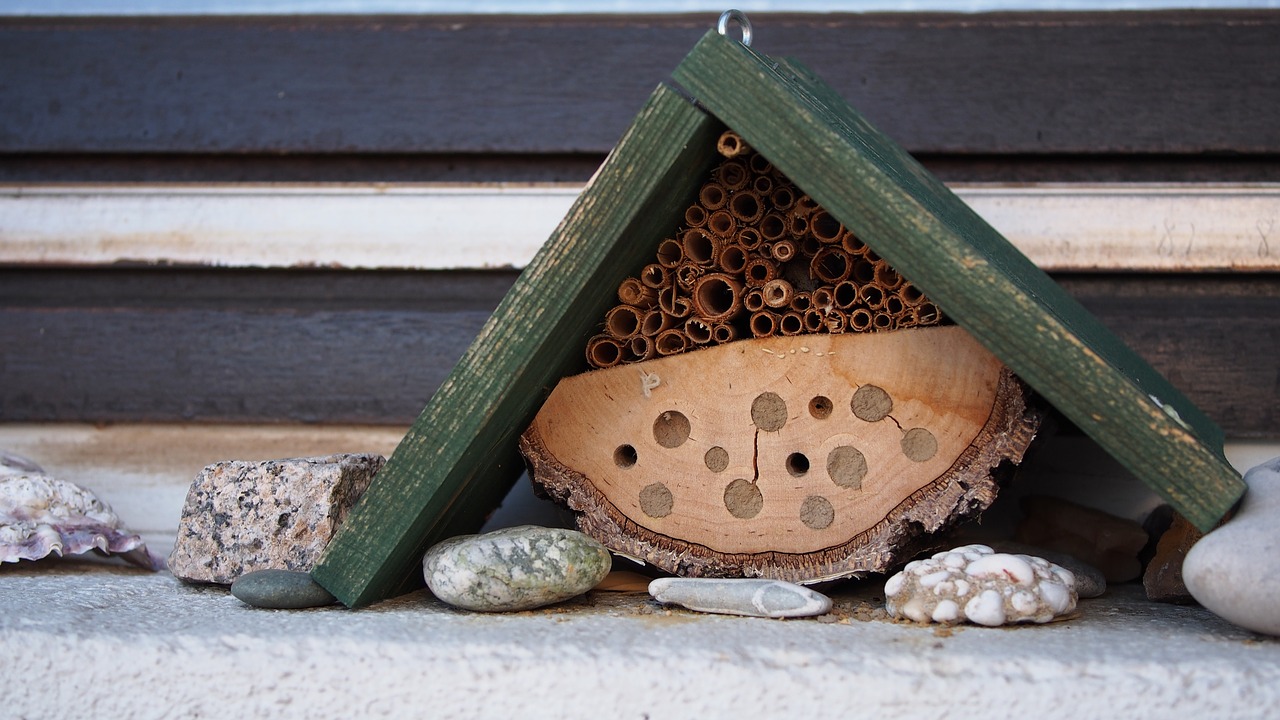
Dealing with swarms or nests of honeybees
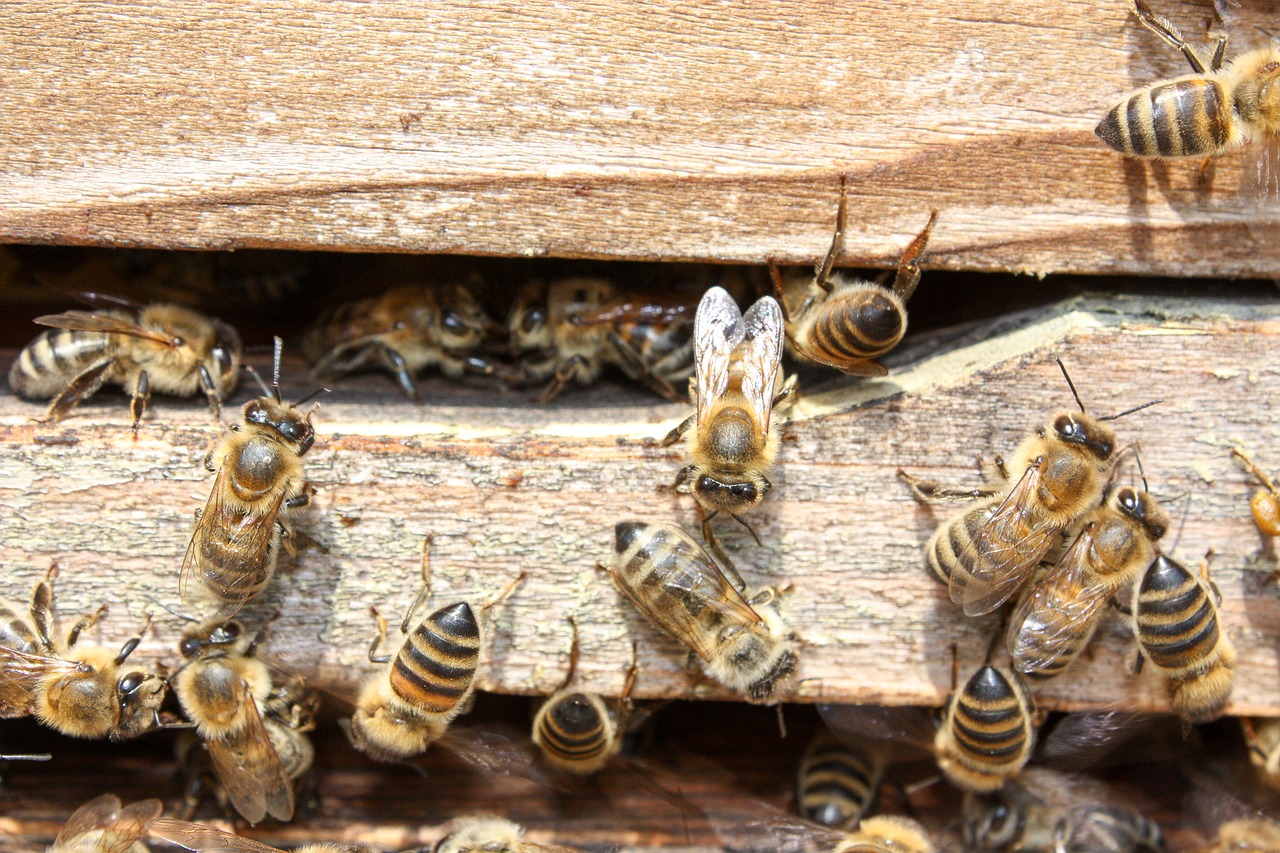
Occasionally honeybees may swarm in large numbers, or nest in or near a home property. The first step is to positively identify that the insects are honeybees and not wasps or hornets. You may be able to locate a beekeeper to safely relocate the swarm or nest.
These Saskatchewan-based organizations have good information about honeybee identification and honeybee relocation:
https://www.saskbeekeepers.com/index.php/info-for-public/help-i-have-bees-on-my-property
http://www.saskatoonbeeclub.com/
http://www.reginabeeclub.ca/Bee stings
Some bees do not have a stinger and bees are not normally aggressive like wasps and hornets. Stinging can happen in response to a threat to territory or honey(as in nesting honeybees). Stinging is a last resort for
If you are allergic to bee stings, reduce the risk of stings by locating flowers attractive to bees well away from patios, decks, sidewalks and walkways. Keep your Epi-pen with you when you are gardening, if one has been prescribed for you.
For information about treating common bee stings see: http://canadianfirstaid.ca/bee-stings/
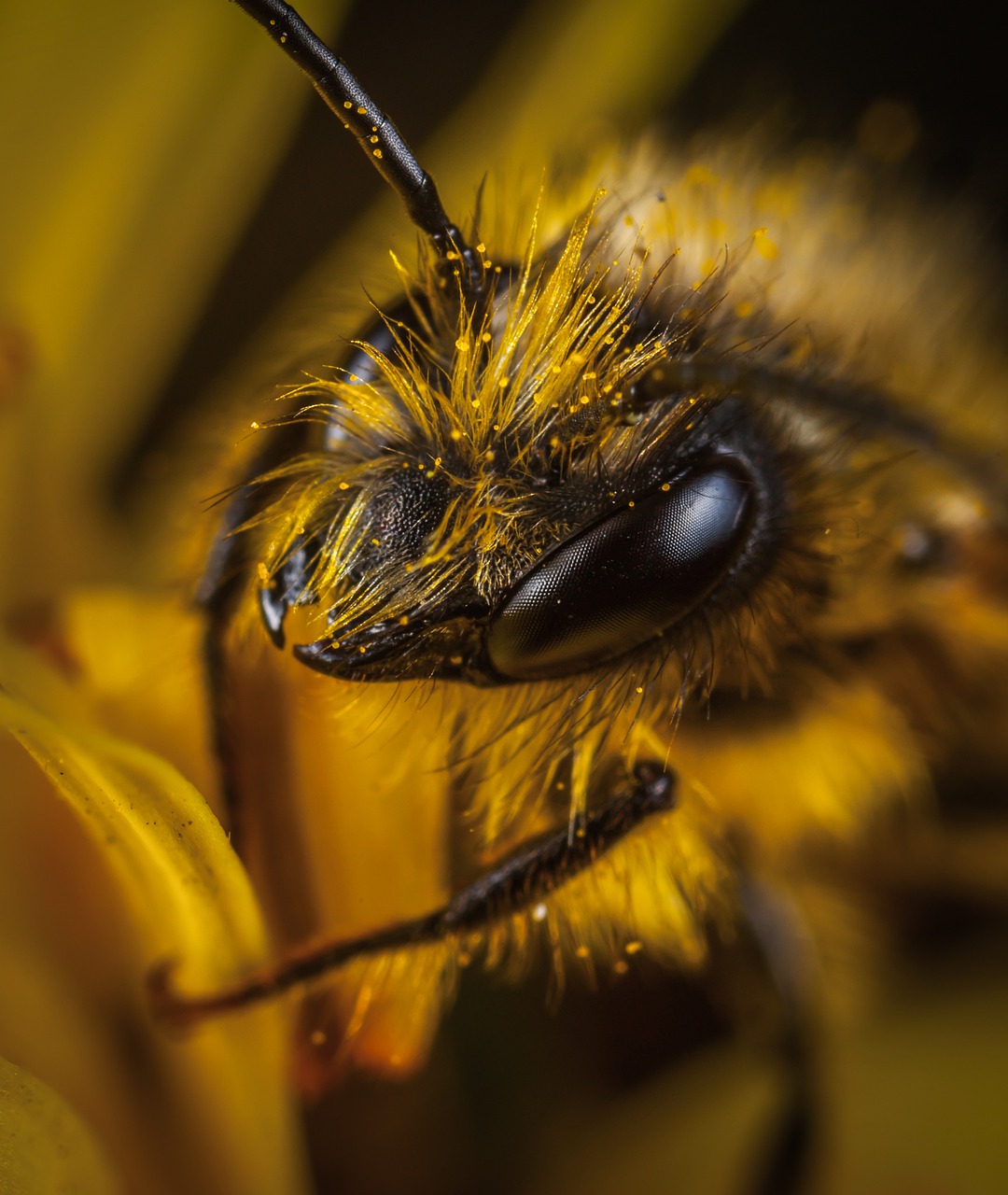
Macro bee images
At least 350 species of bees in Saskatchewan have been identified. With more than 4,000 known species in North America, it's quite likely we have many more bee species that haven't identified and studied yet. See below for a gallery of bee macro photos. Not all of these bees will be hardy here, but they're beautiful nonetheless and since all bees share many characteristics, these will give you a greater appreciation of what is buzzing around your backyard.
